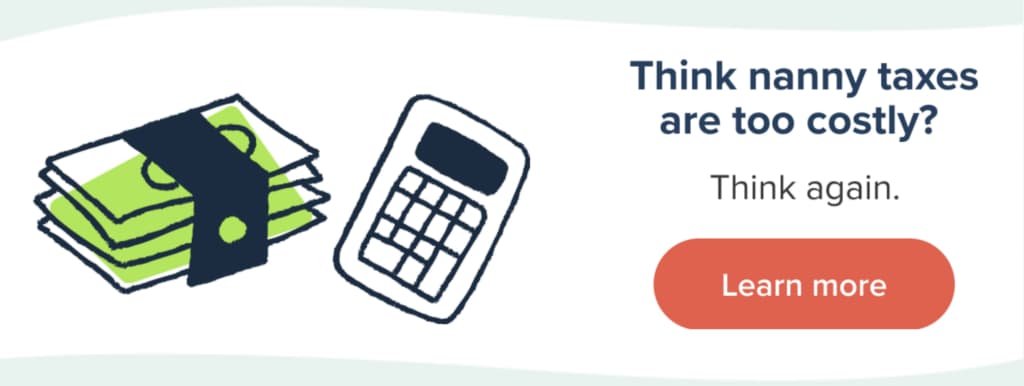The demand for in-home senior care continues to grow as more seniors prefer to age in the comfort of their home instead of in a facility. This presents challenges for families looking to hire private-duty caregivers because most people aren’t accustomed to managing the taxes, payroll and other regulatory aspects of household employment. Additionally, there are nuances to senior care that are different than hiring a nanny — even though the household employment tax process is identical.
Before you handle taxes, you have to know who the employer is
Employer status is determined by who is giving direction to the senior caregiver. Generally, the IRS says the person receiving care is the employer. However, if the elderly person is unable to give direction to the caregiver, an adult child can be considered the employer. This scenario is especially common in senior care situations where a parent lives in their child’s home because they can no longer take care of themselves. Because the senior caregiver works in the son or daughter’s home following their directions, he or she would be considered the employer.
There are more options for tax breaks when you hire a senior caregiver
Just like with child care, paying a senior caregiver legally comes with the benefit of being able to take tax breaks to offset your household employer tax liability. Depending on your personal situation, one or more of the following tax breaks may be available to you:
Medical care tax deduction, which itemizes the expenses paid for medical care.
Medical Flexible Spending Account offered through your employer.
Dependent Care Account offered through your employer.
Dependent Care Tax Credit taken when you file your personal income tax return.
It’s important to remember that being eligible for these tax breaks is dependent on who the employer is. Additionally, the same expenses cannot be applied to multiple tax breaks. You should speak to a CPA or another expert in personal income taxes before attempting to set a care budget based on an assumption of how much you’ll be able to save with these tax breaks.
Be prepared to manage overtime and payroll for overnight or 24-hour shifts
Unlike most nannies, senior caregivers are often required to stay overnight or provide 24-hour care. Federal wage and hour law states that the caregiver does not have to be paid for up to eight hours of sleeping time when they work 24 consecutive hours or more, as long as they agree to the arrangement, are provided adequate sleeping facilities and are able to sleep for a minimum of five uninterrupted hours. The law is in place to help ease the financial burden on families that need around-the-clock care.
Here are two examples of how an overnight or 24-hour senior care scenario might play out:
Your senior caregiver works two consecutive 24-hour shifts as part of a team providing full-time care. They are not paid for 16 hours of sleeping time during the 48 hours they are at work. Therefore, at the end of the week, your caregiver’s pay is simply 32 hours at their normal hourly rate.
You need your caregiver to work three 24-hour shifts as part of your full-time senior care team. Your caregiver does not have to be paid for 24 hours of sleep time during the 72 hours they were on the premises. However, they must be paid overtime because they worked more than 40 hours for the week. The correct way to handle your caregiver’s payroll for the week is to pay them for 40 regular hours and eight overtime hours.
These scenarios may not be perfect fits for your particular situation, but they should give you an idea on how to apply the law to your family’s needs.
What are the tax responsibilities families have when they hire a senior caregiver?
Throughout the year, the IRS and the state require you to follow a specific set of tax obligations:
Obtain federal and state household employer tax IDs.
File a New Hire Report with the state for your new caregiver.
Calculate tax withholdings for your caregiver and track all your federal and state employer taxes.
Prepare and distribute pay stubs.
File state employment tax returns and remit state taxes — usually on a quarterly basis.
Make federal estimated tax payments using Form 1040-ES four times per year.
Prepare a Form W-2 for your caregiver after the end of the year.
Prepare and file all required year-end forms with the state and the Social Security Administration.
Prepare a Schedule H and file it with your federal income tax return.
Next Steps:

